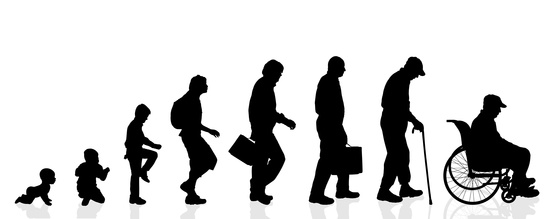Here at Oakville’s Palermo Physiotherapy and Wellness, we see individuals with low back pain almost every day. Some people have chronic issues, some relatively new, some job or sport related, some completely out of nowhere. They have varying degrees of low back pain related disability which impacts quality of life in a multitude of ways.
Many of our Physio, Massage and Yoga Therapy clients come in with an MRI report or an appointment to get some sort of imaging to enhance the quality of the diagnosis. Words get thrown around which a person may not understand or causes them alarm. Words such as:
- “Degenerative Disc Disease”
- “Stenosis”
- “Herniation”
- “Severe”, “Moderate”, “Mild”
The desire to have an absolute diagnosis confirmed by imaging makes sense. If the technology is available, why not use it?
Unfortunately, diagnostic imaging has been shown to have significant flaws when it comes to assessing many musculoskeletal conditions.
The low back is a great example:
A study in the New England Journal of Medicine1 examined 98 adults between the age of 20 and 80 (average age 42.3 years) with no report of low back pain. Blinded radiologists made the following findings
• 36% normal findings
• 52% had a bulge
• 27% protrusion
• 1% extrusion
Again…none of these individuals had back pain!

These findings aren’t new. We’ve known this for decades.
Prevailing wisdom has suggested that, if nothing else, positive findings on imaging in individuals without symptoms will at least tell us if a person is at risk to develop low back pain in the future.
A different study followed up people with no back symptoms but abnormal MRIs 7 years after the initial imaging. Of individuals who developed back pain during that 7 year period, half did not have any changes to their imaging. There was no statistical correlation in this sample between symptoms, and what was actually found in the MRI.2
These studies represent but a small sampling of the existing literature on the subject. In general, the medical community is in agreement that routine imaging of the low back in the absence of significant risk factors is not good practice. In fact it is bad practice. The American College of Physicians reports in a review that people with low back pain who are blinded to their results typically do better than those who are informed.3,4
Why then do we even bother imaging if the diagnosis isn’t helpful and the results impact people psychologically?
There isn’t an easy answer to this question. The most obvious is that imaging such as CT and MRI can be used to find serious pathologies such as neurological conditions, bone diseases, cancer etc. Physicians do not want to miss something like that, so they over prescribe imaging as a result. Fair. In a sample of 963 people with low back pain, 8 had spinal tumours. However, all of these individuals had at least one significant risk factor for cancer as determined by a clinical interview. Most had more than one.3 This practice has been called “defensive medicine” and it refers to clinicians doing things not necessarily because they are best practice, but because it is the best way to not be sued. This is certainly a larger issue in the United States, but it impacts Canadians as well. Many Physicians here report they feel pressured by patients to order imaging and this is why they do it, despite only 1/2500 xrays showing unsuspected findings that would somehow alter a treatment plan.
So what?
All of this is not to say that imaging is harmful or useless. I merely aim to show that it has its place in very specific circumstances. Higher level imaging such as MRI and CT scan are there to rule in or out the nastiest of the nastiest in health conditions, as well as to properly appropriate surgical time. It is not meant to diagnose specific structures involved in low back pain. If your doctor is hesitant to order imaging in response to your low back pain, there are reasons why. It isn’t that they don’t believe you and it isn’t because they are desperately trying to conserve resources. It is simply because in that specific circumstance, imaging would not be helpful to the ultimate goal: getting you better.5
What is more helpful?
Physical therapy and exercise. A clinical examination from a Registered Physiotherapist can identify strengths and weaknesses and help set you on a path for prolonged recovery – and I don’t need an MRI report to tell me that.

Tim Childs, PT
Registered Physiotherapist
MScPT, BA Kin
1) Jensen MC, Brant-Zawadzki MN, Obuchowski N, Modic MT, Malkasian D, Ross JS. Magnetic resonance imaging of the lumbar spine in people without back pain. NEJM. 1994;331(2):69-73
2) Borenstein DG, O’Mara Jr JW, Boden SD, Lauerman WC, Jacobson A, Platenberg C et al. The value of magnetic resonance imaging of the lumbar spine to predict low back pain in asymptomatic subjects. J Bone Joint Surg Am. 2001;83(9):1306-1311
3) Chou R, Qaseem A, Owens DK, Shekelle P. Diagnostic imaging for low back pain: advice for high-value health care from the American college of physicians. Ann Intern Med. 2011;154:181-189
4) Kendrick D, Fielding K, Bentley E, Kerslake R, Miller P, Pringle M. Radiography of the lumbar spine in primary care patients with low back pain: randomized controlled trial. BMJ;322:400-405
5) Chou R, Fu R, Carrino JA, Deyo RA. Imaging strategies for low-back pain: systematic review and meta-analysis. Lancet. 2009;373(9662):463-472

